Understanding the COMET-Planner Tool
ATTRA
APRIL 16, 2024
By Cody Brown and Darron Gaus , NCAT Agriculture Specialists Carbon Farm Planning is a rewarding process for producers and conservation planners, as we “dig deep” and find all the potential carbon sinks and soil health practices that can be implemented across the landscape. Designed by Colorado State University, in partnership with the U.S.

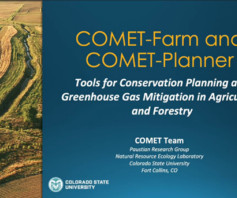
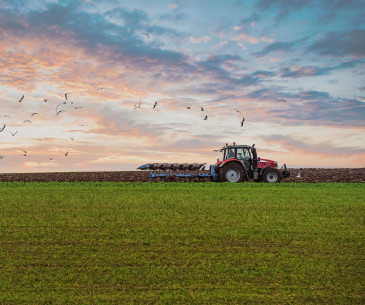




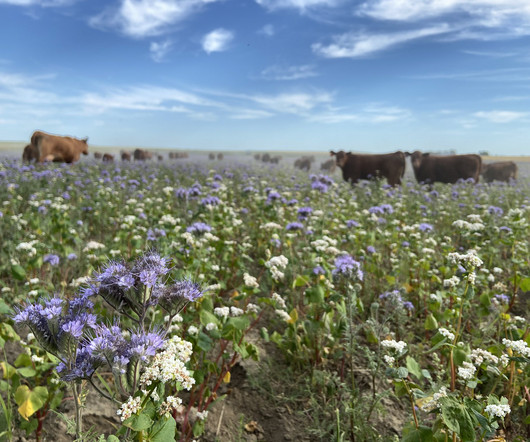


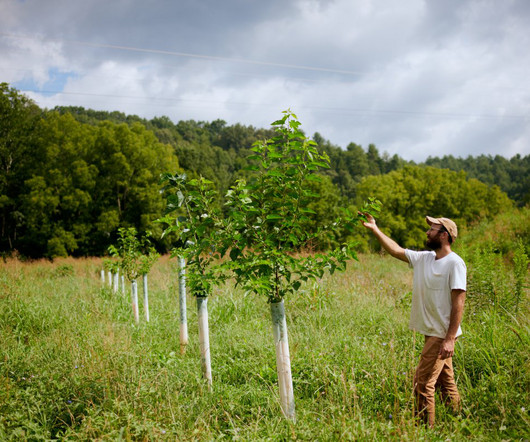



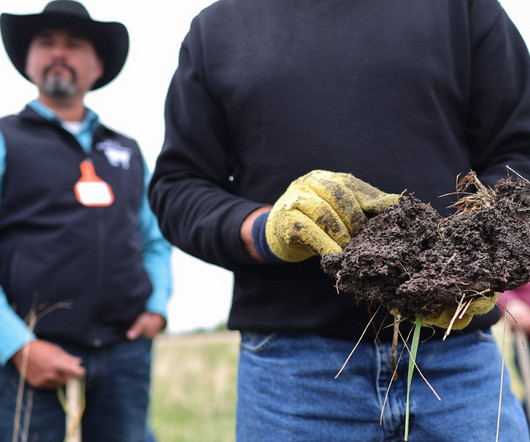
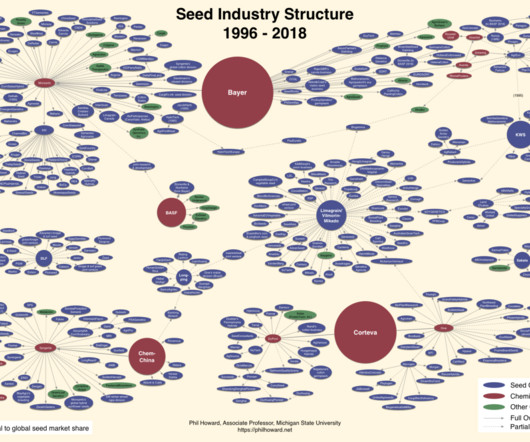






Let's personalize your content